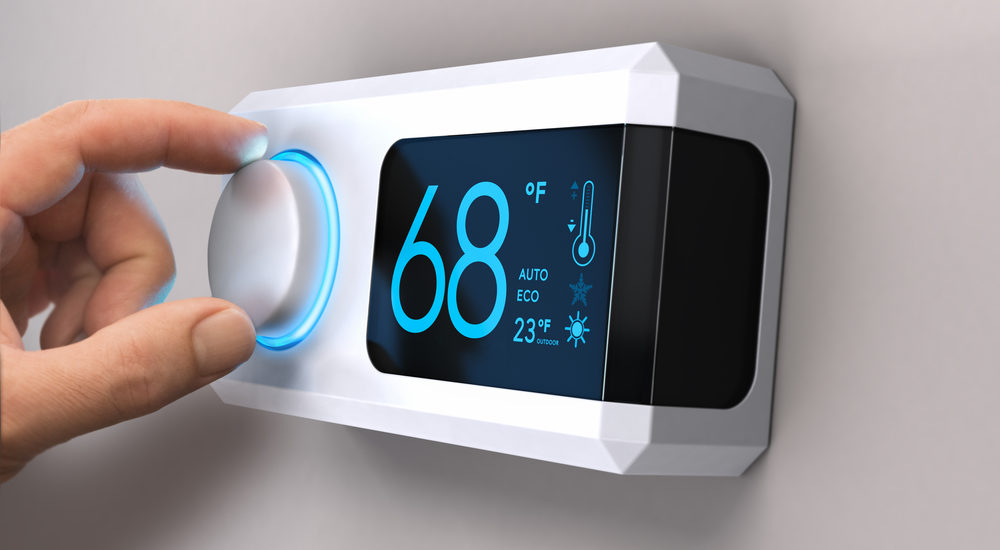
Thermostat Guide for Winter (3 Common Questions Answered)
Thermostat Guide for Winter (3 Common Questions Answered)
Managing the inside temperature of your house can be a guessing game. Certain levels of your home may warm up differently and even more challenging, family members have different preferences.
(Tip: The person paying the bill usually gets the final say in the matter.)
However, there are a lot of common questions homeowners wonder about when it comes to managing your thermostat.
Which is why we wrote you this thermostat guide for Winter. Here are some popular questions about your thermostat we hope to answer:
What temperature should I set my house in the Winter?
According to most people, the comfort indoor level sits between 68-72 degrees. This entirely depends on personal preference of those in the home.
For instance, if you have young child or even infants (who have a hard time keeping blankets on) you may want to consider warmer temps. Likewise, elderly people may prefer warmer temperatures.
We encourage people to try out different temperatures to see what is the ideal temperature and like many people, reduce the temperature at night to cut costs.
How can I save on heating costs in the Winter?
Many articles will reference buying programmable thermostats but we live in 2018 now, which means smart thermostats are all the rage.
We recommend you looking at several popular options including the Ecobee and the Nest are among the most popular options.
There are several articles that compare the differences between them, however, they both off money-saving features such as App control, auto-away adjustment, and “learning” features.
Additionally, you can leave the whole house temperature lower (say 68 degrees) while designating space heaters in certain rooms. The new temperature-controlled space heaters can help regulate the overall cost of heating.
What should I set my humidifier to in the Winter?
This may be one of the single most important things you need to adjust when it comes to Winter weather. Many homeowners neglect to adjust their humidifier from Summer to Winter which can wreak havoc on your home.
The first warning sign of high humidity is condensation on your windows. This especially will occur when the temperatures outside are well below freezing.
A second concern is when the moisture-laden air penetrates through into a cold attic.
Remember: Proper ventilation of your attic means that the outside temperature should be the same as the attic temperature.
As such, the moisture is attracted to the nails and roof deck and turns to frost. At this point, it is no concern to the homeowner…until it melts.
Then the moisture could deteriorate your decking (the wood that holds up all your shingles) and get into your insulation, and ultimately, on your ceilings.
Some companies will recommend turning off humidifiers altogether. That, however, poses a problem for wood flooring and furniture which can crack. (Not to mention it causes discomfort to people within the home)
Our suggestion? To follow this guideline of temperature and humidity level and to adjust accordingly. This way, your family can slowly adapt to the reduction in humidity.
Summary
We hope this thermostat guide for Winter has helped clear out some of your dying questions.
Need more ideas on home winterization?
Check out our tips for homeowners to get ready for Winter. We are also offering a “Winterization Roofing Package”, learn more details here.
[…] Thermostat Guide for Winter (3 Common Questions Answered) […]
[…] wrote extensively on the importance of attic insulation in our thermostat guide, but it really comes down to preventing moisture in your […]